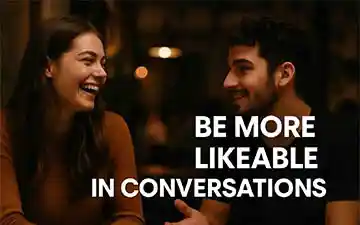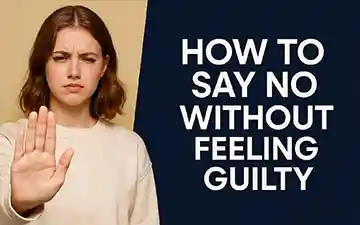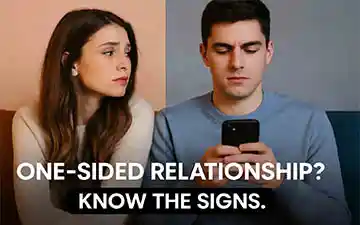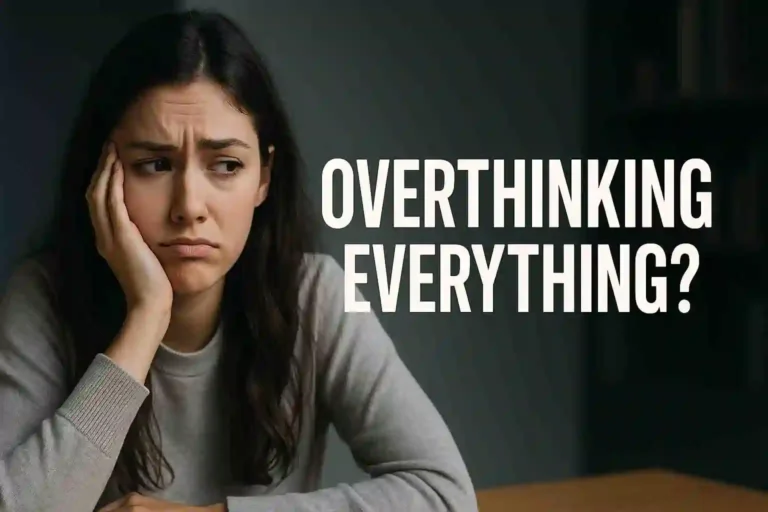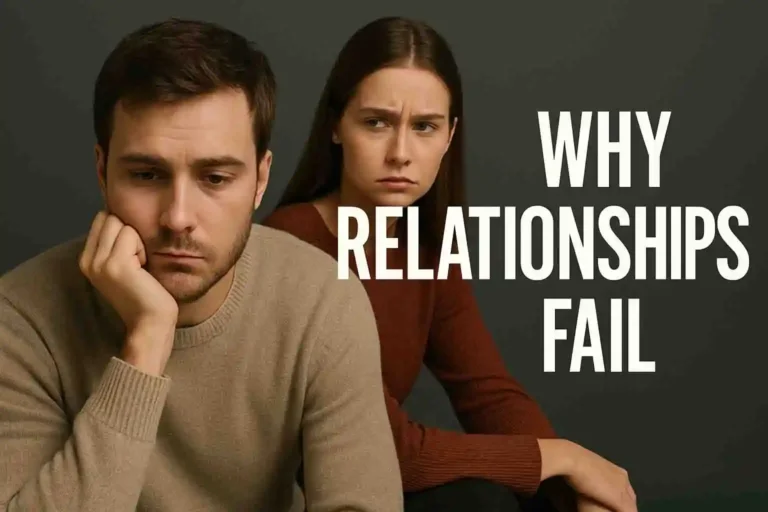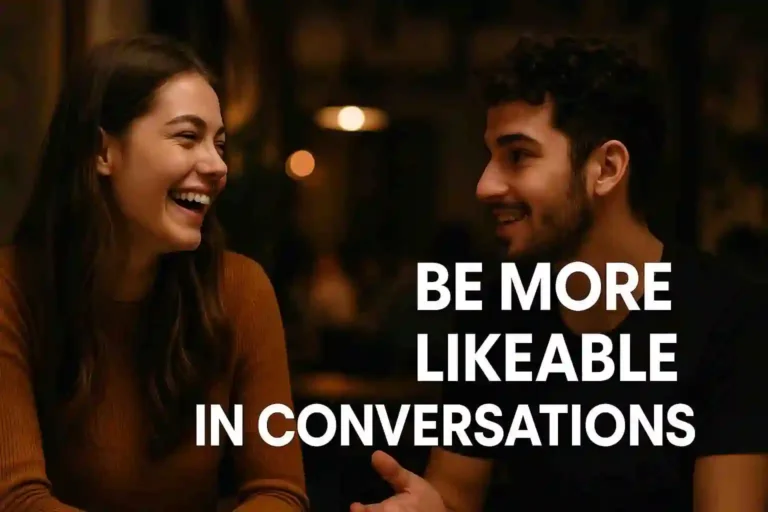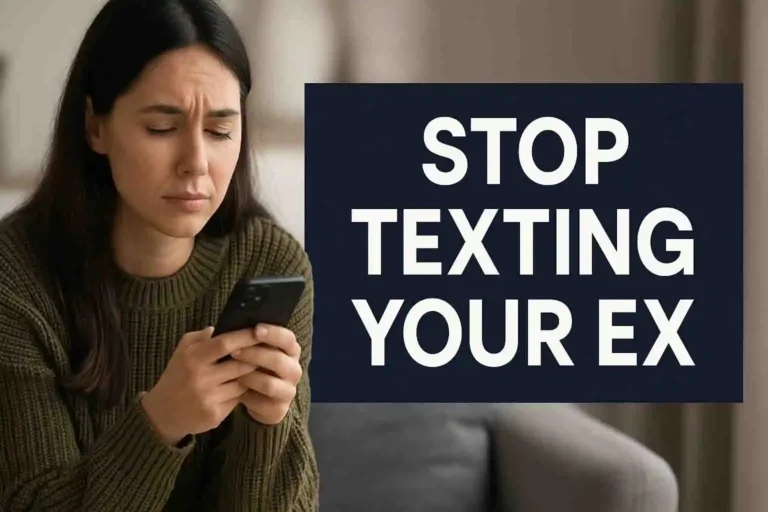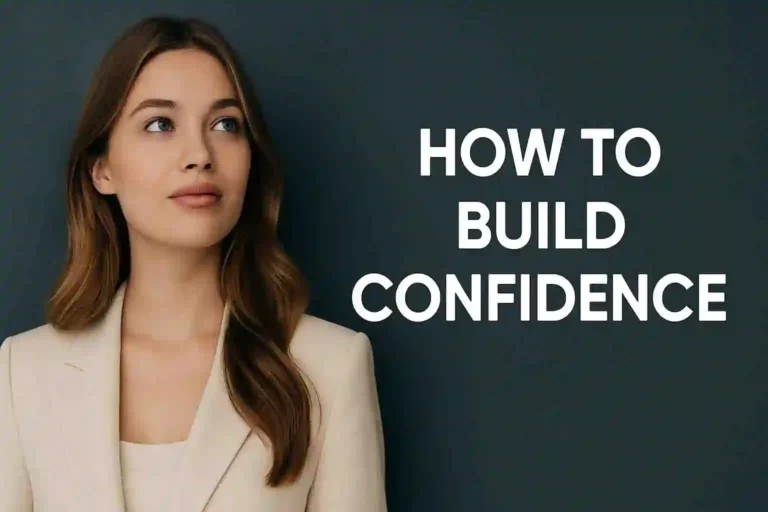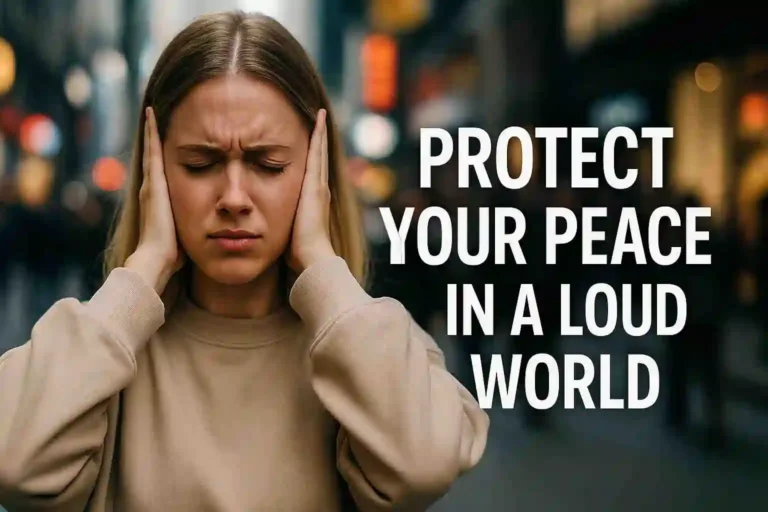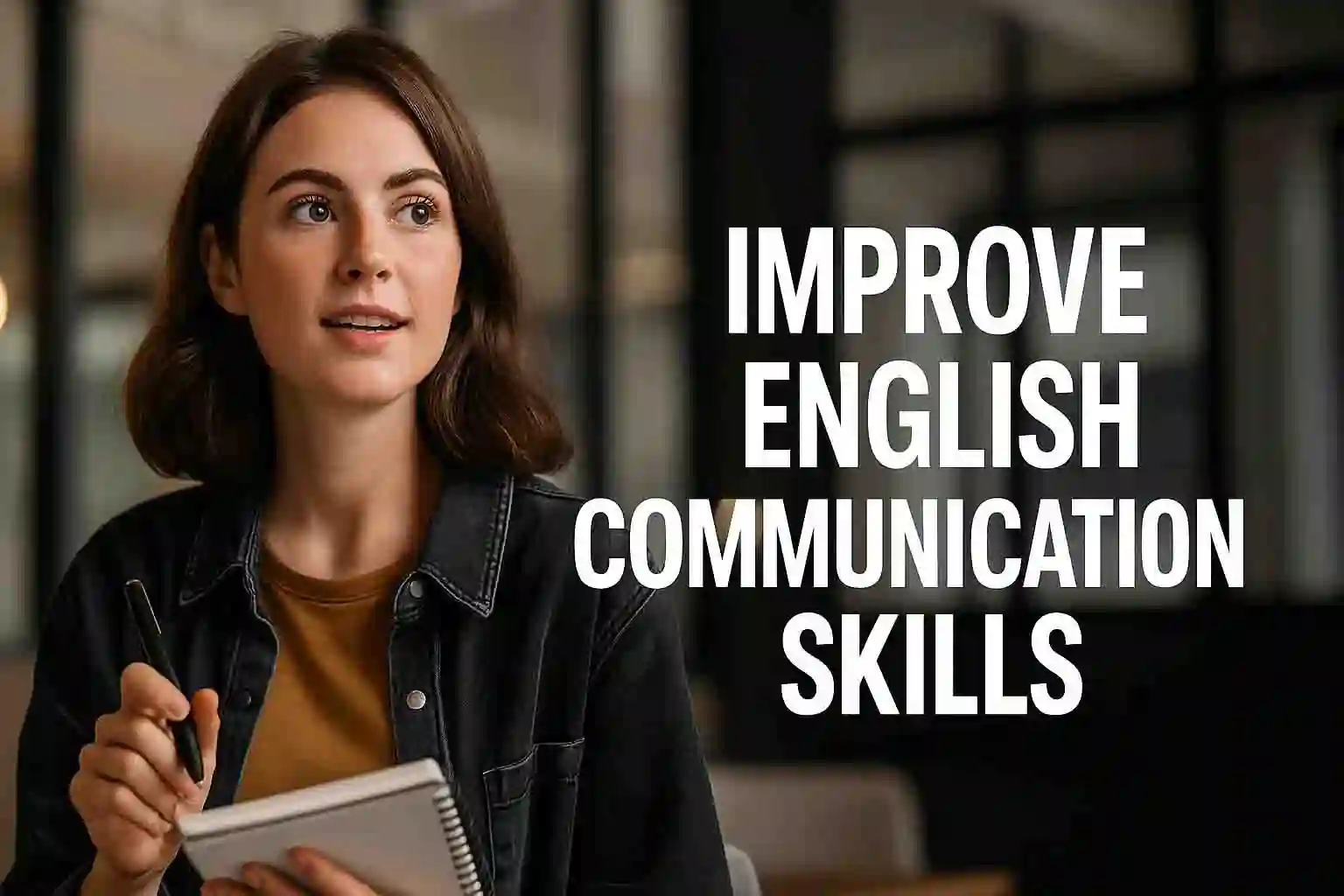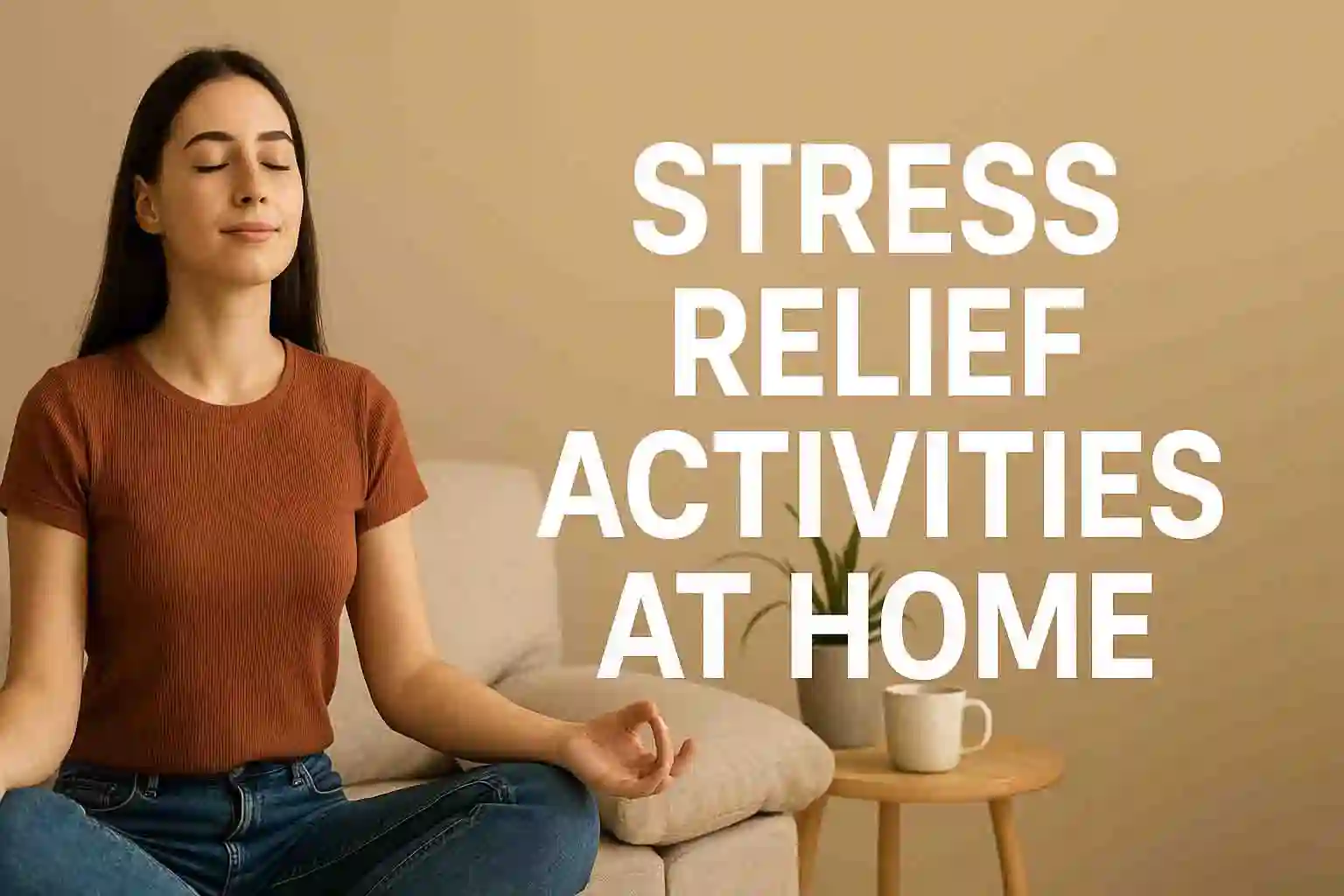How to Say No Without Feeling Guilty and Stay Kind
Do you ever feel guilty when you try to say no to someone? Whether it’s a friend, coworker, or family member, learning how to say no without feeling guilty is a powerful life skill. It helps you protect your time, mental health, and energy without hurting relationships. In this article, you’ll discover simple ways to say no respectfully, with real-life examples that make the process easier.
But here’s the truth: you don’t have to say yes to everything to be a good person.
In this article, you’ll learn how to say no graciously—with respect, kindness, and confidence—without feeling guilty. We’ll break down some key ideas in simple terms, share real-life examples, and give you smart ways to protect your time and energy while still being respectful to others.
Why Learning How to Say No Without Feeling Guilty Matters
Let’s be honest. Saying no can feel uncomfortable. But why?

Here are a few reasons:
- Fear of rejection: You don’t want people to be upset with you.
- People-pleasing habit: You’ve learned to value others’ needs above your own.
- Guilt: You feel selfish for turning someone down.
- FOMO (Fear of Missing Out): You worry you’ll lose a chance or opportunity.
These feelings are common, but they shouldn’t control your decisions.
What Does It Mean to Say No Graciously?
Saying no graciously means turning down a request politely and respectfully, without burning bridges or hurting relationships.
You’re not being rude. You’re simply setting healthy boundaries.
Simple Definition:
Gracious No = A kind, respectful way to say no without guilt or drama.

It’s about being clear, calm, and compassionate.
Real-Life Example #1: At Work
Situation: Your manager asks you to take on a new project even though you’re already overloaded.
Gracious Response:
I really appreciate you thinking of me for this, but I’m currently at capacity and wouldn’t be able to give it the attention it deserves. Can we revisit this after I complete my current tasks?
Here, you’re showing respect while maintaining your workload boundaries. Learning how to say no without feeling guilty at work is essential. It helps you maintain productivity while avoiding burnout.
Real-Life Example #2: With Friends
Situation: A friend keeps asking you to go out even when you’re mentally drained.
Gracious Response:
I love hanging out with you, but I’m feeling really low on energy right now. I need a quiet evening to recharge. Let’s plan something for another day when I can truly enjoy it.
You’re saying no without rejecting the person.
Learning to say no is an important part of setting boundaries for mental health. If you always say yes, your stress levels go up, and you risk burnout.





